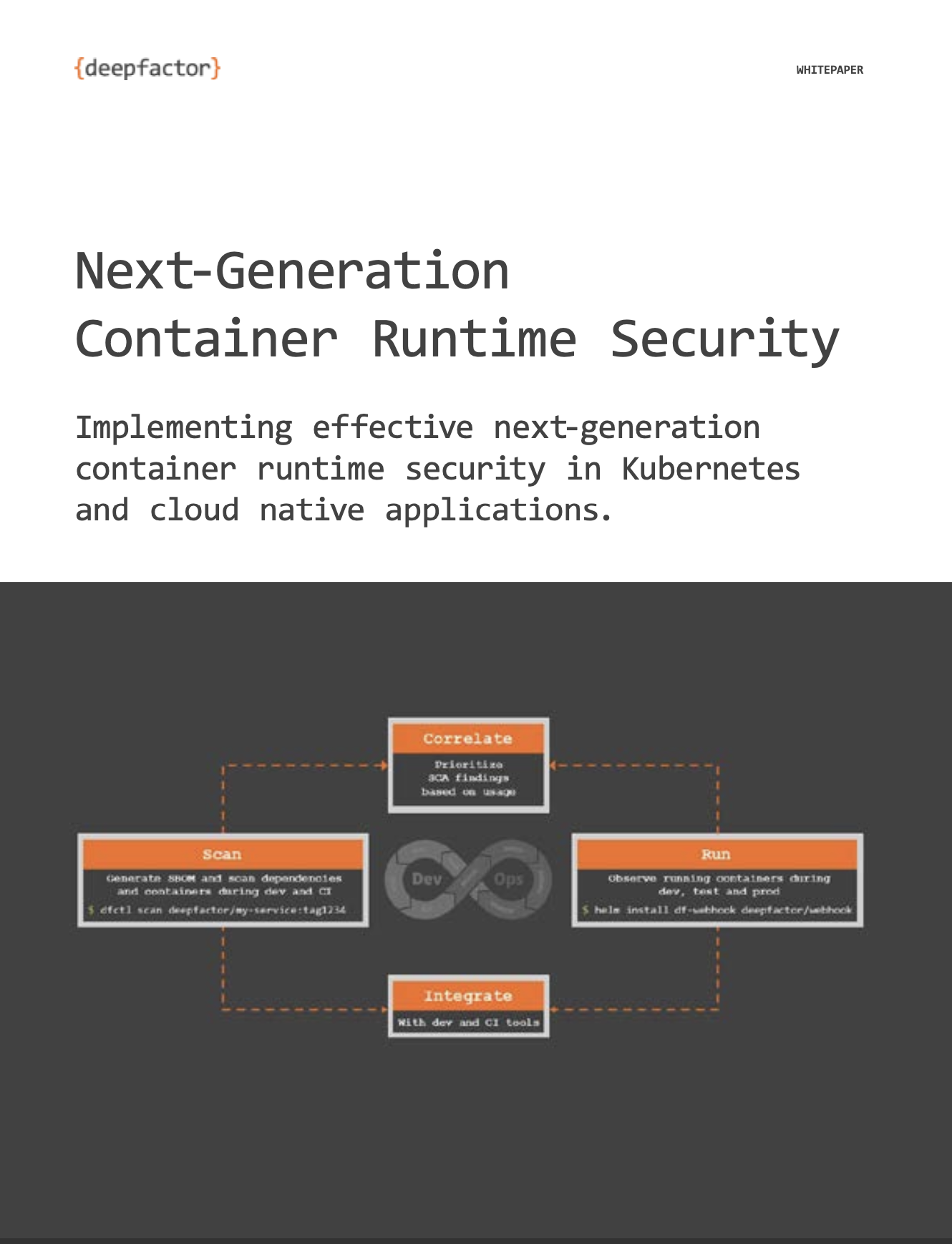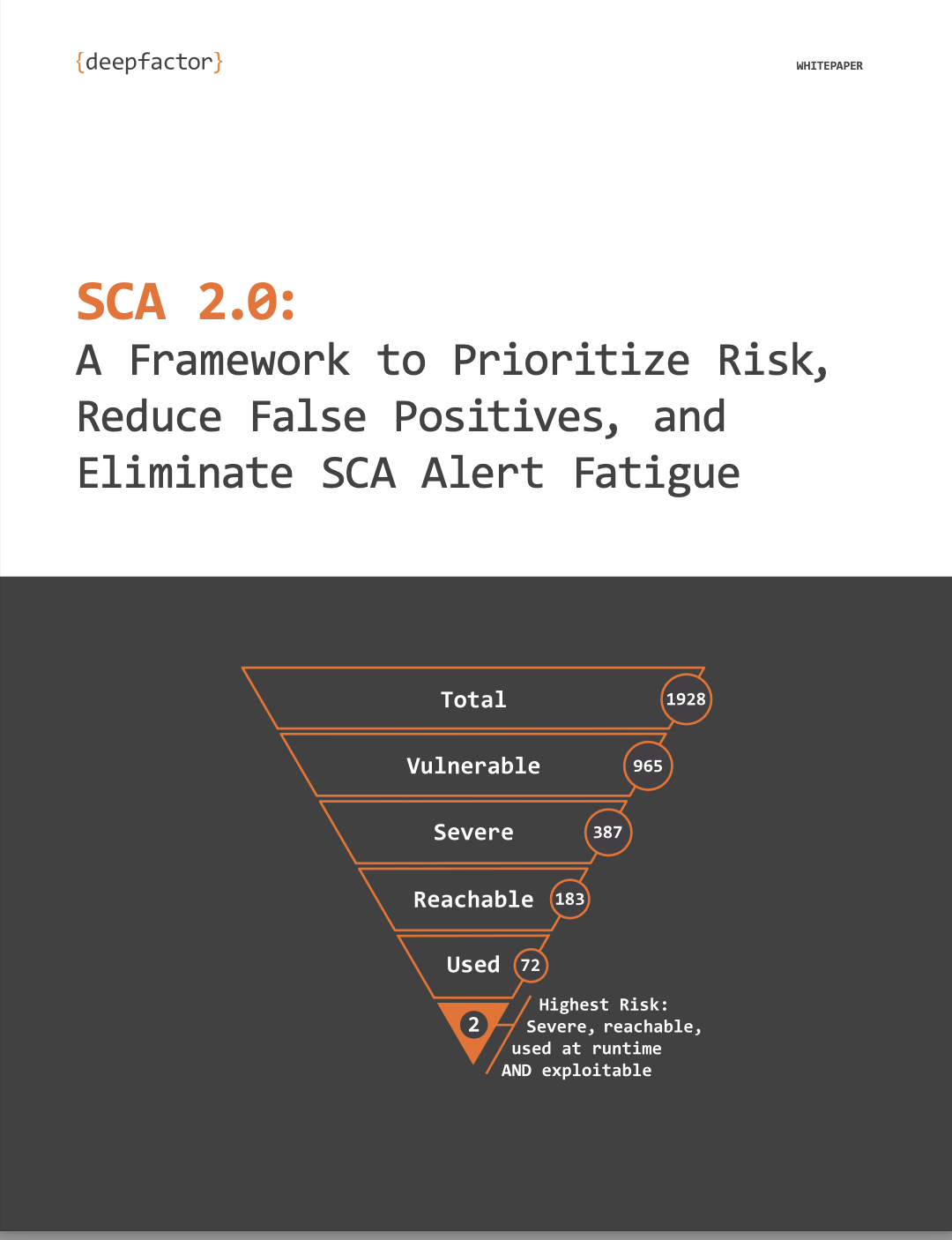What is Application Security Testing?
Application security testing (AST) involves evaluating software applications to identify vulnerabilities that could be exploited by malicious actors. This comprehensive process ensures that the application is secure against potential threats and meets security standards.
Importance of Application Security Testing
In today’s digital landscape, ensuring the security of applications is critical to protecting sensitive data, maintaining customer trust, and complying with regulatory standards. Application security testing helps organizations identify and fix security issues before they can be exploited, thus preventing data breaches and other security incidents.
Types of Application Security Testing
Static Application Security Testing (SAST)
SAST is a white-box testing method that analyzes the application’s source code, bytecode, or binary code for vulnerabilities without executing the program. This type of testing helps developers identify and address security issues early in the development process, reducing the risk of vulnerabilities being introduced into the final product.
Dynamic Application Security Testing (DAST)
DAST is a black-box testing method that examines the application in its running state to identify security vulnerabilities. Unlike SAST, DAST does not require access to the source code and instead simulates real-world attacks to find potential security risks. This method helps uncover issues that may not be apparent through code analysis alone.
Interactive Application Security Testing (IAST)
IAST combines elements of both SAST and DAST, providing continuous security analysis during the runtime of the application. By integrating with the application during its execution, IAST offers real-time feedback to developers, enhancing the overall security posture and helping to identify vulnerabilities that may be missed by other testing methods.
Key Terms in Application Security Testing
Vulnerability Scanning
Vulnerability scanning involves using automated tools to scan applications for known security vulnerabilities. These tools check for common issues like outdated software, misconfigurations, and exposed sensitive data. Regular vulnerability scanning helps organizations identify and remediate security issues promptly.
Penetration Testing
Penetration testing, also known as ethical hacking, involves simulated attacks on an application to identify and exploit vulnerabilities. This testing method provides a comprehensive assessment of an application’s security by mimicking the techniques used by malicious actors. The insights gained from penetration testing help organizations strengthen their security defenses.
Threat Modeling
Threat modeling is a systematic approach to identifying and evaluating potential security threats to an application. By understanding the application’s architecture, data flows, and potential attack vectors, organizations can proactively address security risks and implement effective countermeasures.
Code Review
Code review involves a thorough examination of the application’s source code by developers or security experts to identify and fix security flaws before deployment. This manual process complements automated testing methods and helps ensure that the code adheres to secure coding practices.
Benefits of Application Security Testing
Early Detection of Vulnerabilities
AST allows for the early detection of vulnerabilities, enabling developers to address security issues before the application is deployed. Identifying and fixing vulnerabilities early in the development process reduces the risk of exploitation and minimizes the cost and effort required for remediation.
Lower Costs of Fixing Security Issues
Addressing security vulnerabilities during the development phase is significantly less costly than fixing them after deployment. Early detection and remediation help prevent security breaches that could result in substantial financial losses, reputational damage, and legal consequences.
Compliance with Regulations and Standards
Regular application security testing helps organizations comply with industry standards and regulatory requirements, such as GDPR, HIPAA, and PCI-DSS. Ensuring compliance not only avoids legal and financial penalties but also demonstrates a commitment to protecting sensitive data and maintaining customer trust.
Challenges in Application Security Testing
False Positives and Negatives
One of the primary challenges in application security testing is dealing with false positives (incorrectly identifying vulnerabilities) and false negatives (failing to identify actual vulnerabilities). False positives can lead to wasted time and resources, while false negatives leave the application exposed to potential threats.
Incomplete Coverage
Achieving complete coverage of all potential vulnerabilities is challenging, as applications often have complex and evolving architectures. Some security issues may be missed during testing, particularly if the testing methods or tools used are not comprehensive enough.
Limited Resources
Organizations may face constraints in terms of time, budget, and skilled personnel dedicated to thorough security testing. Limited resources can hinder the effectiveness of security testing efforts, making it difficult to maintain a robust security posture.
Best Practices in Application Security Testing
Integrating Security Testing into the Development Process
To ensure continuous security assessment, it is essential to integrate security testing into every stage of the software development lifecycle. This approach, known as DevSecOps, promotes collaboration between development, security, and operations teams, enabling the early detection and remediation of security issues.
Prioritizing Security Vulnerabilities
Not all vulnerabilities pose the same level of risk. Organizations should prioritize addressing the most critical vulnerabilities first, focusing on those that could have the highest impact if exploited. This risk-based approach helps allocate resources effectively and mitigate the most significant threats promptly.
Conducting Regular Security Testing
Regular security testing is essential to stay ahead of emerging threats and ensure ongoing application security. Continuous testing helps identify new vulnerabilities introduced through code changes, updates, or third-party components. Organizations should establish a routine schedule for security assessments to maintain a proactive security stance.
Conclusion
Application security testing is a critical aspect of protecting sensitive data and maintaining the integrity of online services. By identifying vulnerabilities early, reducing remediation costs, and ensuring compliance with regulations, organizations can significantly enhance their security posture.
Organizations must prioritize application security testing to safeguard their applications and users from potential threats. By implementing best practices, leveraging advanced security technologies, and conducting regular security testing, organizations can maintain a strong security posture and protect against significant financial and reputational damage. Regular, comprehensive testing is essential to staying ahead of emerging threats and ensuring the ongoing security of applications in today’s digital environment.
FAQs
What is the difference between SAST and DAST?
SAST analyzes the application’s source code for vulnerabilities without executing the program, making it a white-box testing method. In contrast, DAST tests the application in its running state, simulating real-world attacks without needing access to the source code, making it a black-box testing method.
What is IAST and how does it work?
IAST combines elements of both SAST and DAST, providing real-time security analysis during the application’s runtime. It integrates with the application and monitors its behavior, offering continuous feedback to developers and helping to identify vulnerabilities that may be missed by other testing methods.
How often should I conduct application security testing?
Application security testing should be conducted regularly throughout the development lifecycle. More frequent testing is recommended for critical applications, after significant code changes, and before major releases. Continuous security testing practices, such as those promoted by DevSecOps, help ensure ongoing application security.
Can application security testing guarantee 100% security?
While application security testing significantly reduces risks, it cannot guarantee complete security. The dynamic nature of cyber threats means that new vulnerabilities can emerge, and some may not be detected by testing methods. Continuous vigilance, updates, and adherence to best practices are essential for maintaining robust security.




